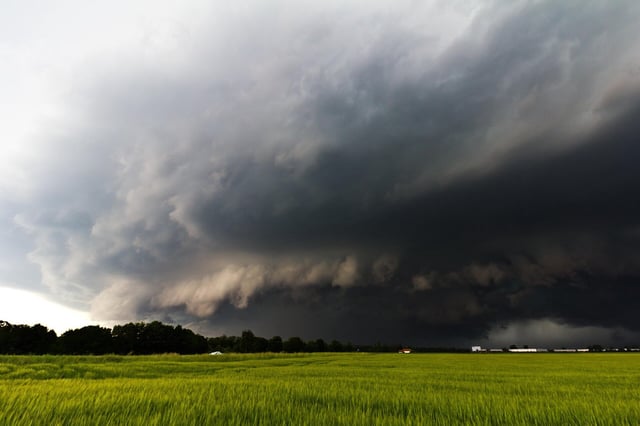Overview
- UNSW climate models under a 2.4–2.8°C warming scenario forecast Brisbane, Sydney, Canberra, Melbourne, Perth and Kalgoorlie will face higher frequency and size of hailstorms by century’s end.
- The simulations project hailstorm occurrences will climb by 29 percent in Sydney and Canberra and by 15 percent in Brisbane while Adelaide sees negligible change.
- Melbourne’s chance of 10 cm hailstones shifts from once every 20 years to once every three years, with similar giant-hail interval reductions in Kalgoorlie (18 to six years) and Sydney/Canberra (three to two years).
- Each degree of atmospheric warming holds 7 percent more moisture, intensifying updrafts and wind shear that drive larger hail, a hazard responsible for over 20 percent of Australia’s insured losses since 1967.
- Experts are calling for tightened greenhouse-gas targets and updated national building codes to mandate hail-resistant design for roofs, vehicles and solar installations.



